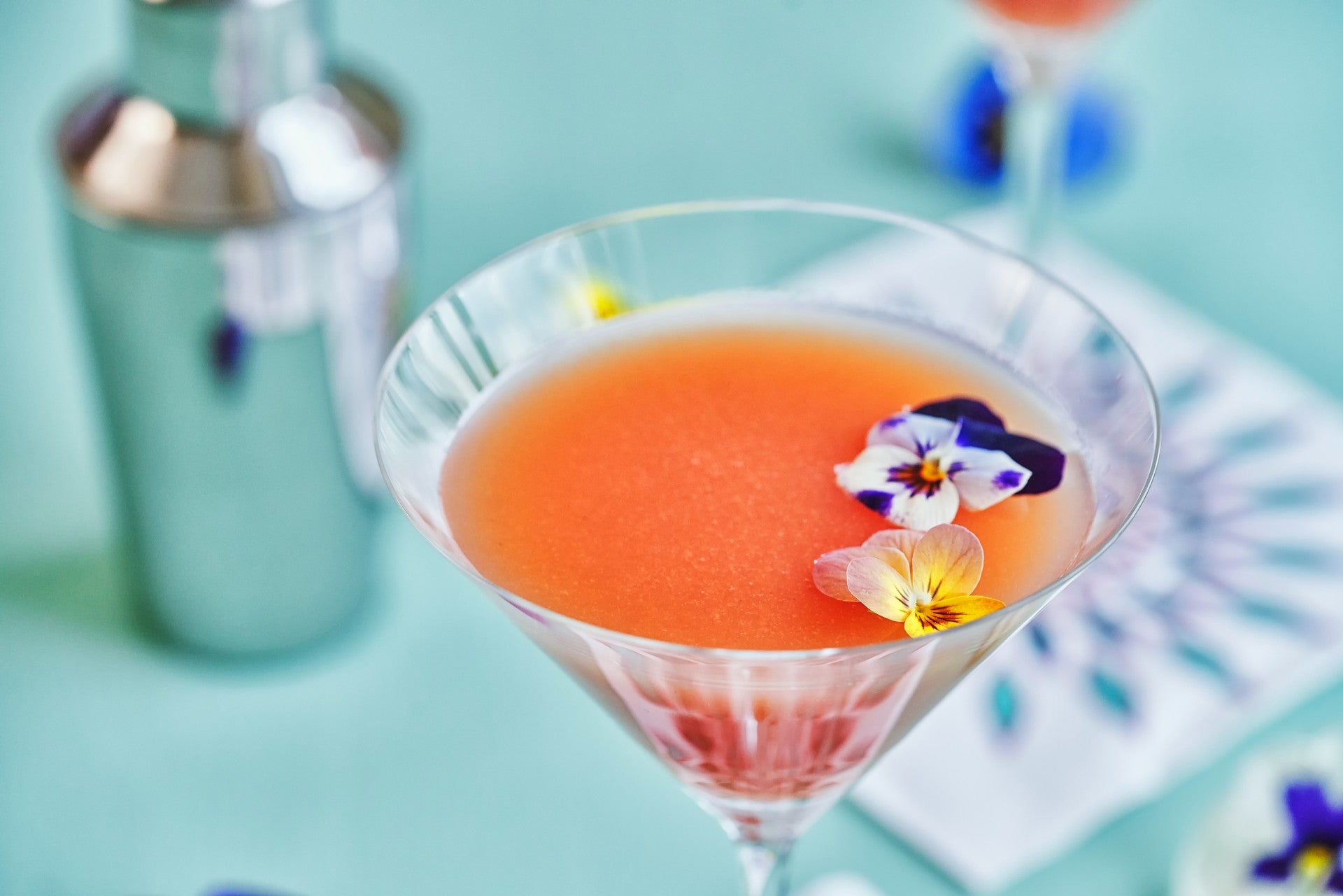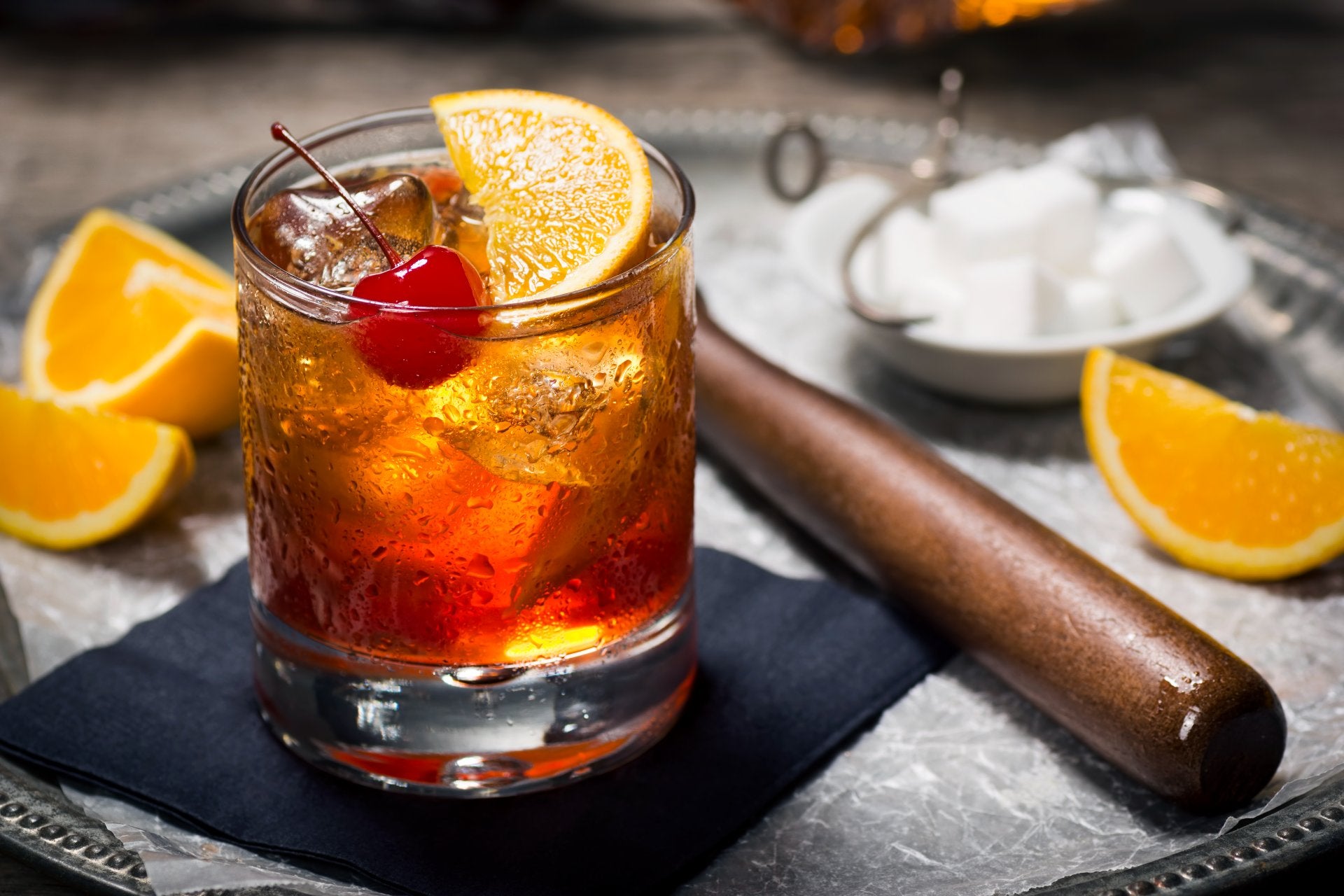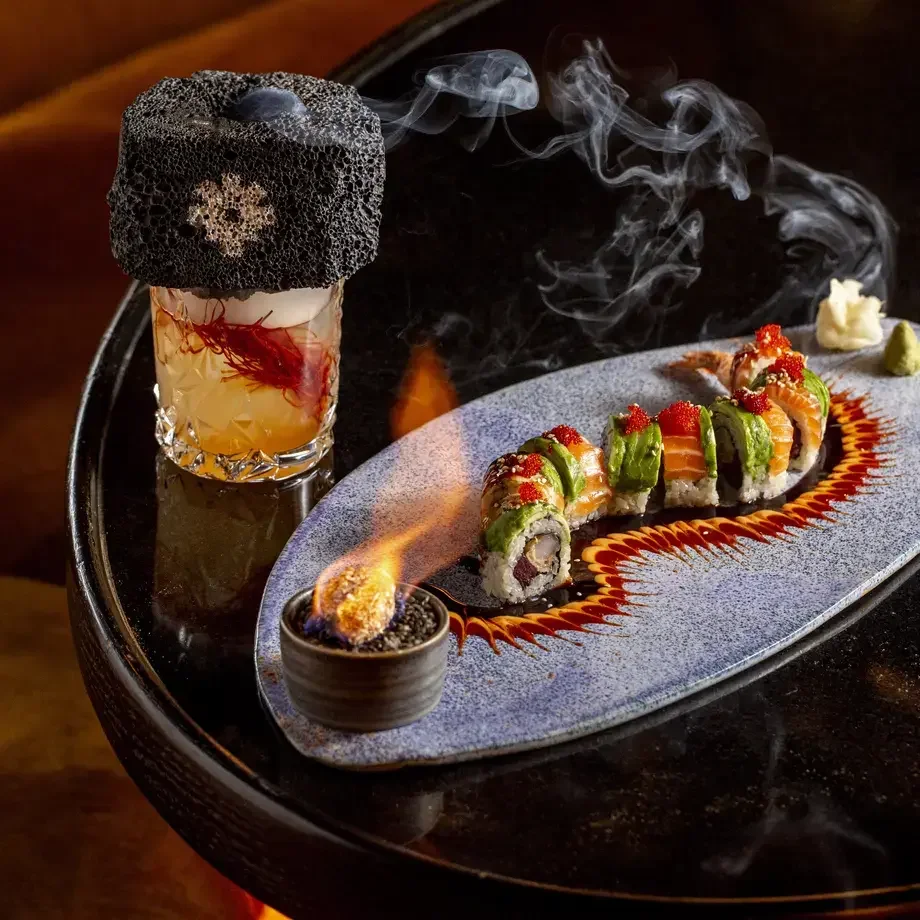As the name implies, cocktail garnishes are decorative ornaments that infuse flavour and character into a mixed drink. Cocktail garnishes can be simple or elaborate, edible or inedible, large or small, dropped into drinks or perhaps discarded altogether. They can be decorative or embellishing.
A cocktail's presentation might not seem important at first glance, but it is an integral part of the drinking experience. Garnishes can enhance the visual appeal, aromas, and subtle flavours of cocktails, all of which can impact the finished drink. These small components can make a big difference.
As you can imagine, there are tons of fancy garnishes to choose from, and you can have a lot of fun arranging them on your cocktail. We hope this article about the eight best cocktail garnishes will inspire you to take your cocktail game up a notch.

















